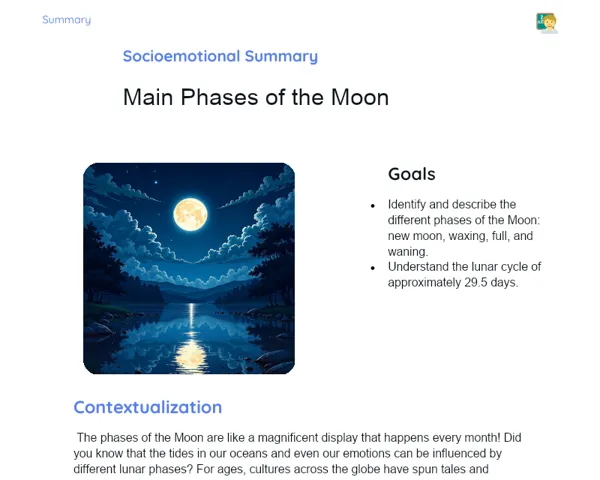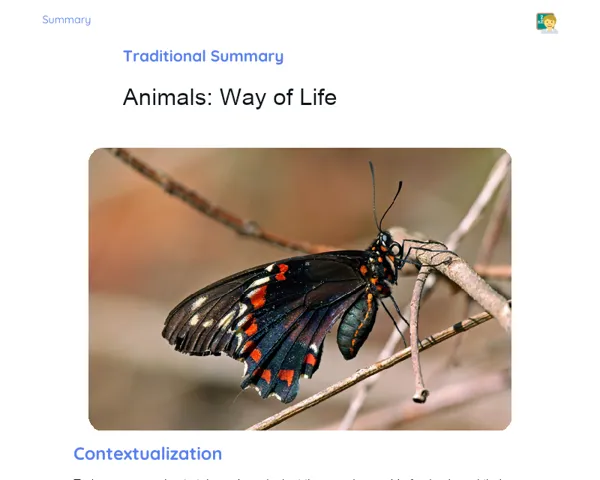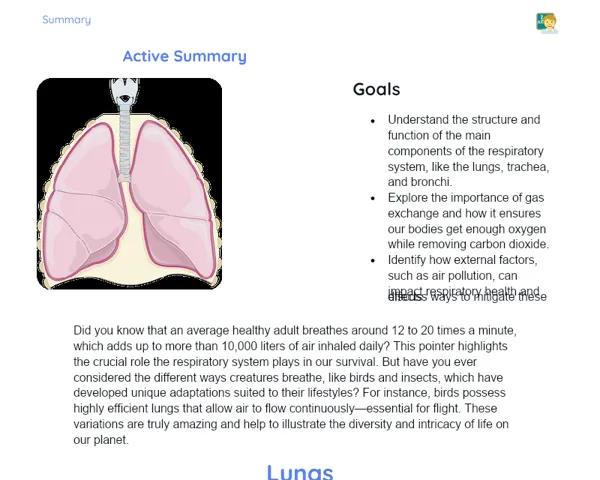Goals
1. Understand that the human body's systems operate as a network of organs working together.
2. Identify the structure and function of the main systems in the human body.
3. Relate the systems of the human body to their respective functions and significance for overall health.
Contextualization
The human body functions like a sophisticated machine, with various systems working hand-in-hand to sustain life. Each system plays a crucial role, such as digesting food, circulating blood, and enabling breathing. By grasping how these systems interact, we can better understand our health and learn effective ways to take care of our bodies. Just think about how a typical day in the life of a doctor or a biologist would unfold without this fundamental knowledge!
Subject Relevance
To Remember!
Circulatory System
The circulatory system is tasked with transporting blood, nutrients, oxygen, and waste gases throughout the body. It comprises the heart, arteries, veins, and capillaries. The heart pumps blood through these vessels, ensuring every cell receives the essential materials for its functions and that waste products are effectively removed.
-
Heart: The central organ of the circulatory system that pumps blood.
-
Arteries: Blood vessels that carry oxygen-rich blood from the heart to the rest of the body.
-
Veins: Blood vessels that carry blood back to the heart.
-
Capillaries: Tiny vessels linking arteries and veins, enabling substance exchange between blood and cells.
Respiratory System
The respiratory system facilitates the exchange of gases between the body and the environment. It encompasses the airways, lungs, and respiratory muscles. Inhaled oxygen is transferred into the bloodstream, while carbon dioxide, a waste generated by cellular metabolism, is expelled.
-
Lungs: The primary organs of the respiratory system where gas exchange takes place.
-
Trachea: The tube that carries air from the larynx to the bronchi.
-
Bronchi: The branches of the trachea directing air into the lungs.
-
Diaphragm: The muscle that aids in breathing, contracting down during inhalation and rising during exhalation.
Digestive System
The digestive system is responsible for breaking down food and absorbing nutrients. It entails the mouth, esophagus, stomach, intestines, liver, pancreas, and gallbladder. Food is disassembled into smaller particles that the body can absorb and use effectively.
-
Stomach: Organ where food is mixed with gastric juices to kickstart digestion.
-
Small Intestine: The primary site for nutrient absorption.
-
Large Intestine: Absorbs water and forms waste.
-
Liver: Produces bile for fat digestion and processes absorbed nutrients.
Practical Applications
-
In healthcare, understanding human body systems is critical for diagnosing and treating ailments. For instance, cardiologists specialize in issues related to the circulatory system.
-
In biotechnology, this knowledge is applied to create advanced treatments and technologies, including cutting-edge prosthetics and gene therapies.
-
Fitness trainers and nutritionists use these principles to devise tailored exercise and diet plans that boost their clients' health and athletic performance.
Key Terms
-
Circulatory System: A network of organs and vessels responsible for blood transport throughout the body.
-
Respiratory System: A system of organs involved in gas exchange between the body and the environment.
-
Digestive System: A collection of organs that manages digestion and nutrient absorption.
-
Homeostasis: The body's mechanism for maintaining a stable internal environment.
Questions for Reflections
-
How do the circulatory and respiratory systems collaborate to oxygenate blood and eliminate carbon dioxide?
-
What would happen to health if one of the human body's systems malfunctioned?
-
How can knowledge of human body systems be instrumental in various professions and everyday living?
Interconnected Systems Challenge
This mini-challenge is designed to reinforce understanding of how the human body systems work together.
Instructions
-
Form pairs or small groups.
-
Select two systems from the human body that you studied (e.g., circulatory system and respiratory system).
-
Create a diagram or poster illustrating how these two systems work together to perform a specific body function.
-
Add captions to explain your diagram and highlight the key organs involved in the interaction.
-
Present your work to the class, discussing the relationships and the significance of interdependence between the chosen systems.



